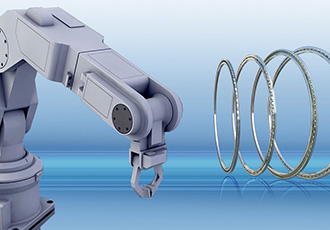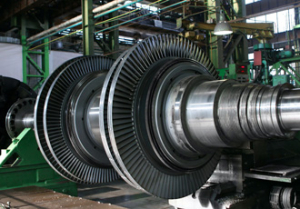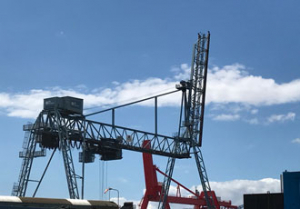Robotics counts on thin-section bearings

The use of industrial robots has been gaining ground steadily over many years. They help to automate production workflows, so they can be organised to improve cost efficiency. Thin-section bearings are important for robotics because they are lightweight and particularly small.
The advantages of incorporating thin-section bearings in the design are demonstrated by Kaydon with reference to its components for painting robot hand axes.
They are mobile and move on rails. This makes them flexible, compact and economical. And they can be relied on to produce a pleasing surface appearance and high quality body paintwork. They are the painting robots built by a German manufacturer.
They set the standards in the high-tech sector of automatic paint application: The particular requirement these robots must satisfy is that the atomiser must be guided at a constant distance and perpendicular to the bodywork surface throughout the painting process to ensure consistent, even application.
For the flexible dispensing and colour change systems, modular robot arm designs are used which the manufacturer produces with the aid of special drives. The hand axis for the painting robot is an extremely compact, weight-optimised solution which can move in three axes with spur gear and bevel gear drives notable for their exceptionally low radial backlash and high torsional rigidity.
During development, particular attention was paid to the installation space and weight, which can influence the dynamics and motion capabilities of the entire system. Against this background, the robot hand axes use eight thin-section bearings of six different sizes from Kaydon: deep groove ball bearings, angular contact ball bearings and four-point contact bearings from the Reali-Slim range help to enhance the performance of the painting robots.
For example, the deep groove ball bearing from the KA series has an outside diameter of about 89 mm with a cross-section of 6.35 mm and weighs just 63 g – about the same as a bar of chocolate. By way of comparison: Conventional deep groove ball bearings have a cross-section of 25 mm, which makes them much larger and heavier.
Another advantage is the large inside diameter of the bearings, because the necessary lines and hoses are routed internally through the drive unit; this way, they are protected and cannot be snagged.
Similar articles
More from Kaydon Bearings
- Ultra-slim thin section bearings for innovative laser terminals 1st July 2019
- Robotics counts on thin-section bearings 10th April 2019

-(1)ed.jpg)










Write a comment
No comments